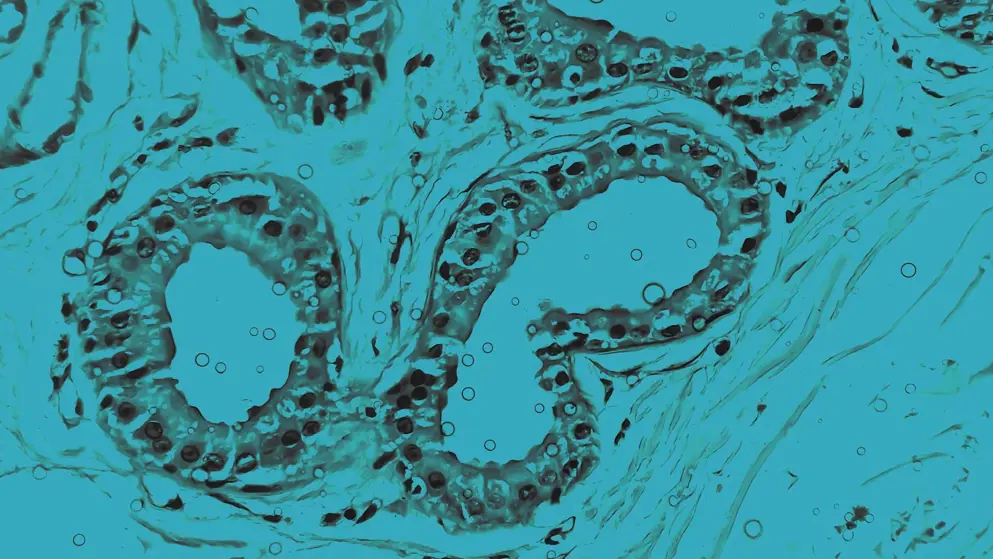
Hidradenitis suppurativa
Hidradenitis suppurativa (HS) is a long-term inflammatory skin disease that develops when a defective hair follicle becomes occluded and ruptures, releasing keratin and bacteria into the nearby dermis. The disease is marked by painful lesions, such as deep nodules, abscesses, skin tunnels, and fibrotic scars. These symptoms mainly appear in areas where skin rubs together, such as the armpits, groin, perianal region, and under the breasts.
How common is HS?
HS is estimated to affect 1–2% of people in the United States. In Europe, the prevalence of HS varies between 0.001% and 1.4%.
Who is most at risk of HS?
HS is more common in women than men. Various risk factors, including obesity, smoking, stress, hormonal influences, and genetic predisposition, are contributors to HS progression or exacerbation and play a role in its pathophysiology.
How does HS impact quality of life?
The impact of HS goes beyond the skin, causing significant physical and emotional burden. Pain frequently affects sensitive areas of the body, making it difficult for people to carry out basic daily activities like walking, sitting, sleeping, using the bathroom, and getting dressed. The chronic, widespread, and often progressive nature of the condition can lead to distress or embarrassment, affecting many facets of a person’s life, such as their career and close relationships. For some, easing the psychosocial burdens of HS is their highest priority.
What treatments are available for HS?
While no single medication is effective for all people with HS, numerous medical and surgical treatments are available, depending on disease severity. Available treatments offered to people with HS include topical and systemic antibiotics, hormone therapy, immune modulators, surgery to remove areas of active disease, as well as lifestyle modifications or psychological support. The main aims of treating HS include easing lesion-related discomfort (e.g., pain), minimizing the recurrence rate and the emergence of new lesions, and halting the advancement of the disease and related comorbidities.
Developed by EPG Health for Medthority, independently of any sponsor.


